A royal burial has remained silent for centuries.
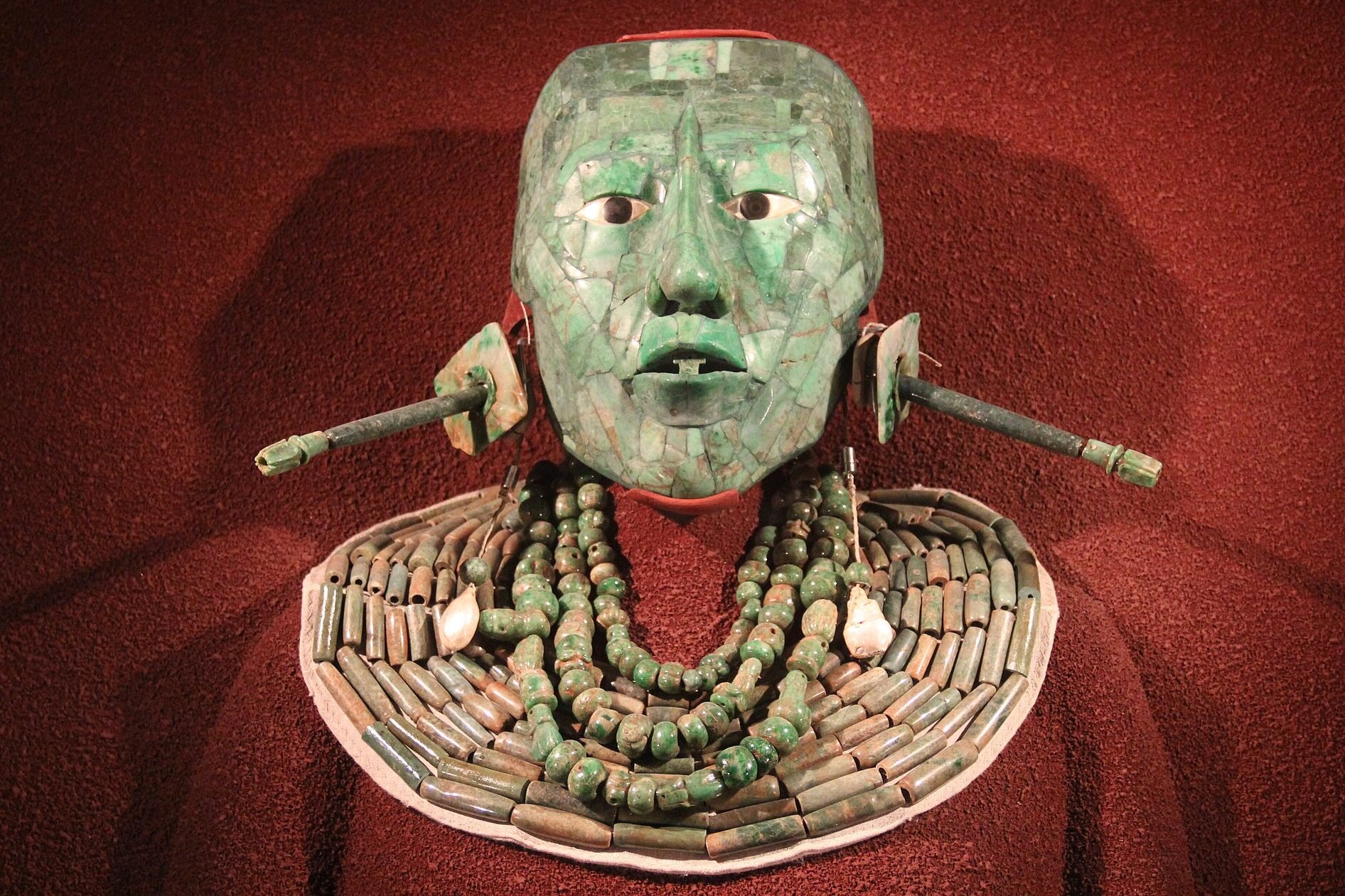
Deep in the jungles of Belize, archaeologists have discovered a vault so rich in jade and ritual goods that it seems frozen in time. The tomb appears to belong to an early Maya ruler of Caracol, and it has yielded artifacts that speak to power, belief, and trade across great distances. The find offers a rare window into Maya dynastic beginnings, and it raises as many questions as it answers. Here are ten striking aspects of this newly revealed ancient tomb.
1. The burial likely belongs to Caracol’s founder king.
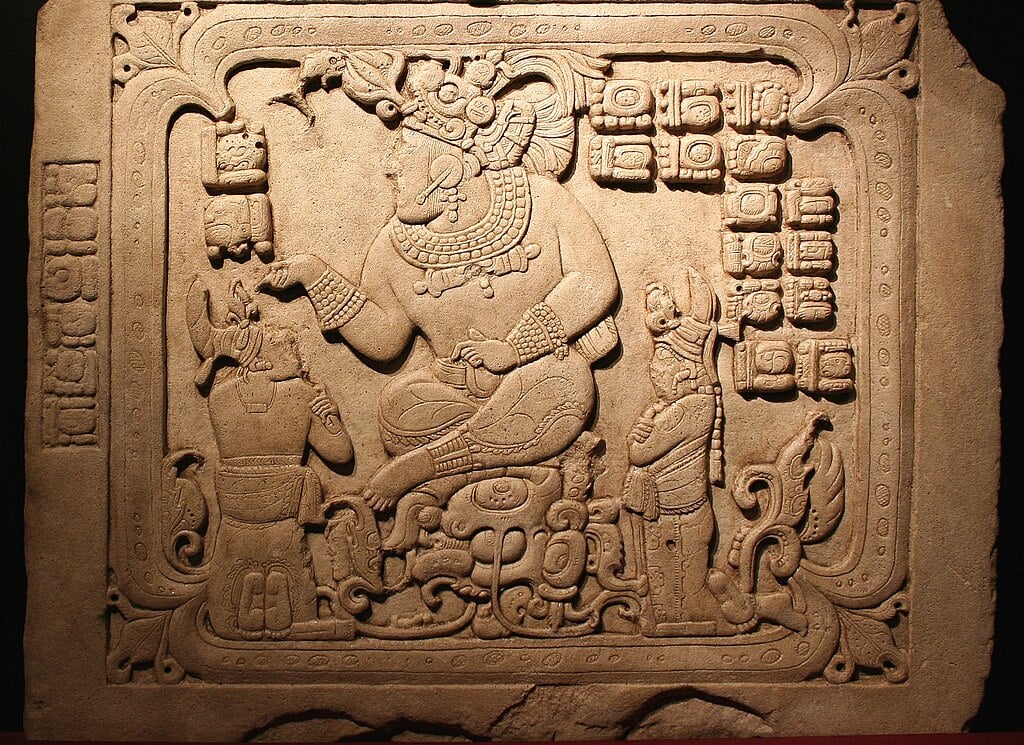
Archaeologists believe the tomb may house Te K’ab Chaak, the dynastic founder of Caracol whose reign began around A.D. 331. The dating of the ceramics and the tomb’s stratigraphic context match that Early Classic period. The Chases, long-time excavators at Caracol, argue compellingly that it’s a royal chamber. But the absence of clear hieroglyphic inscriptions leaves room for caution.
2. The tomb sat undisturbed for more than fifteen hundred years.
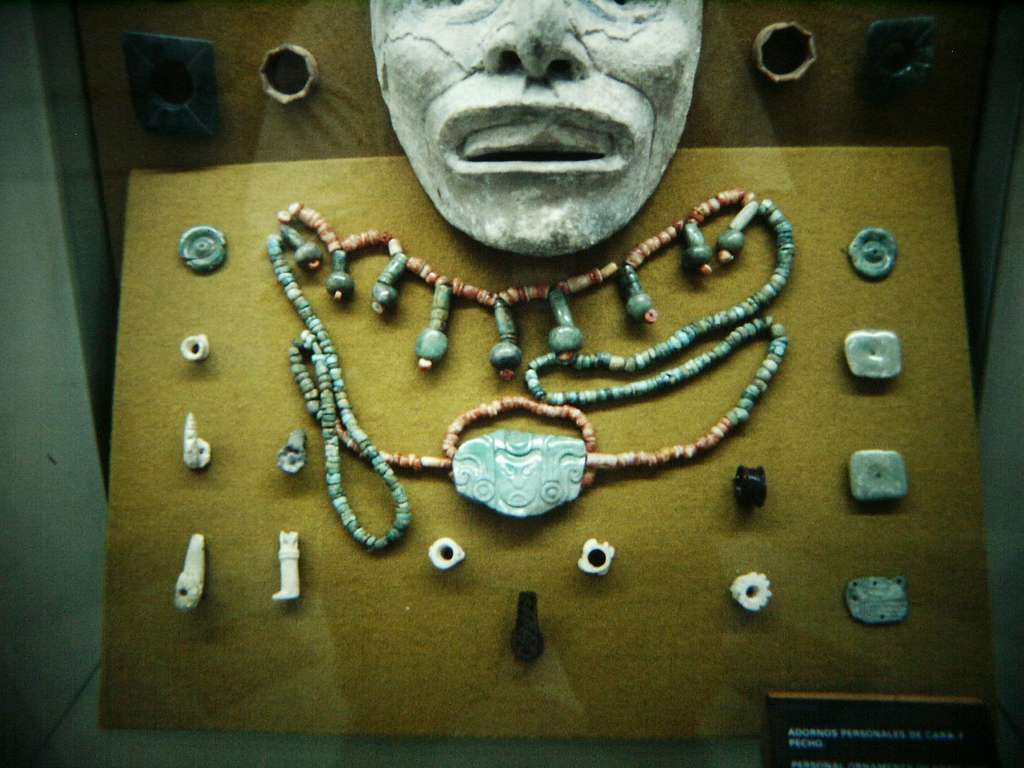
No signs of looting or disturbance appeared in the chamber they reached. Its sealed nature preserved delicate objects, jade, shells, and ceramics, exactly where they were placed. That context is extremely rare in Maya archaeology, and it gives scholars a cleaner view of burial practice and long-distance trade networks.
3. Multiple sets of jade earflares and jewelry fill the chamber.
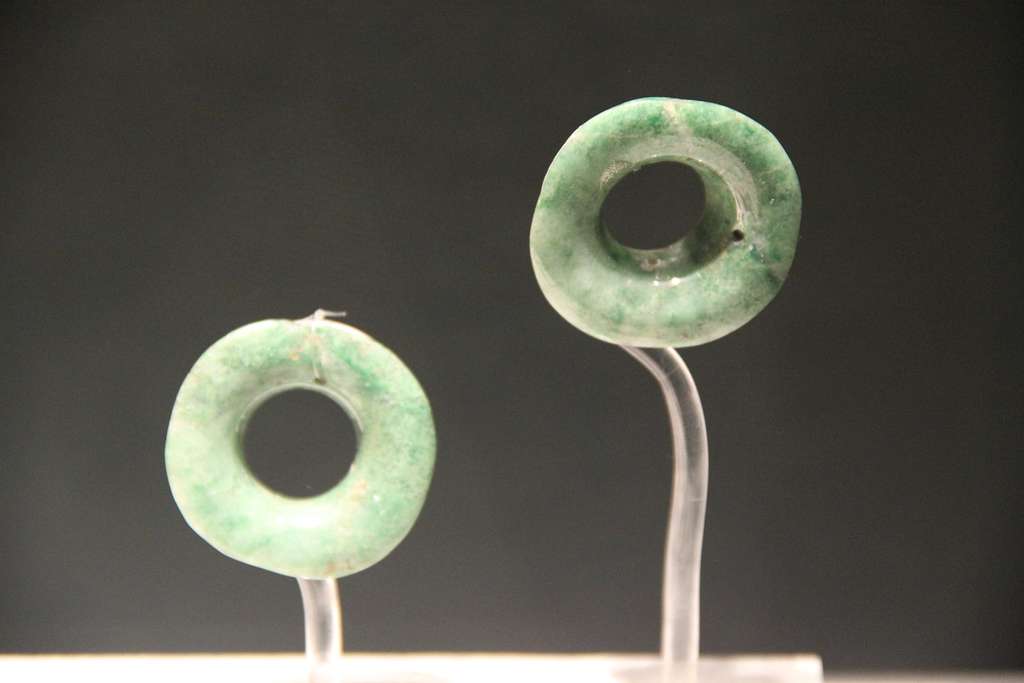
Inside, the team found three distinct sets of jade ear ornaments—an unusual quantity for a single individual. As stated by artifacts cataloging, such redundancy suggests elite display, ritual exchange, or dynastic symbolism. The quantity opens a fresh lens on how status was communicated in early Maya courts.
4. A jadeite mosaic death mask was shattered yet intact in aggregate.
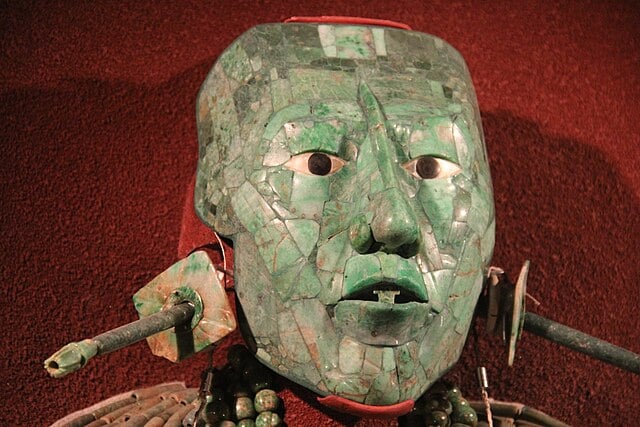
Fragments of a mosaic mask made from jadeite were present, lying in their original scatter rather than removed. The artisans likely intended it to encase the face of the deceased, symbolically binding life and afterlife. Because the pieces remain in situ, reconstruction may reveal iconographic details about the individual or the cosmology he subscribed to.
5. Pottery vessels depict gods, captives, and offerings.
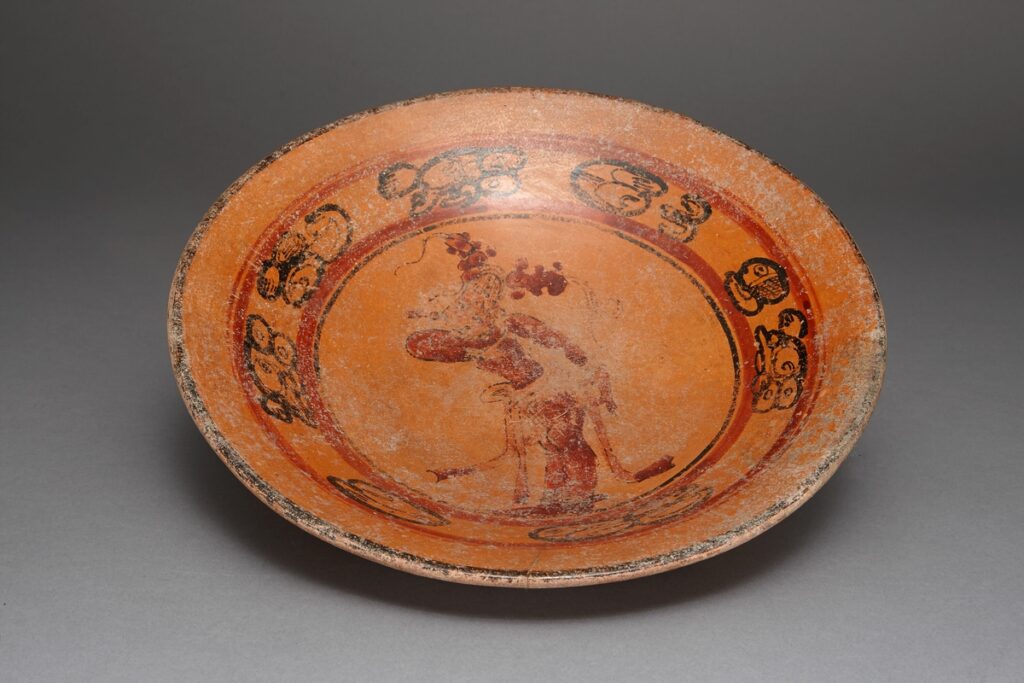
Among the ceramics, researchers identified one vessel with a Maya ruler receiving tribute, another painted with Ek Chuah, the Maya god of commerce. These iconographic cues hint that the buried person played roles in both governance and trade. The scenes also reflect ideological claims he likely made during his rule, embedding religion into his public persona.
6. Tubular jade beads show carved spider-monkey faces.
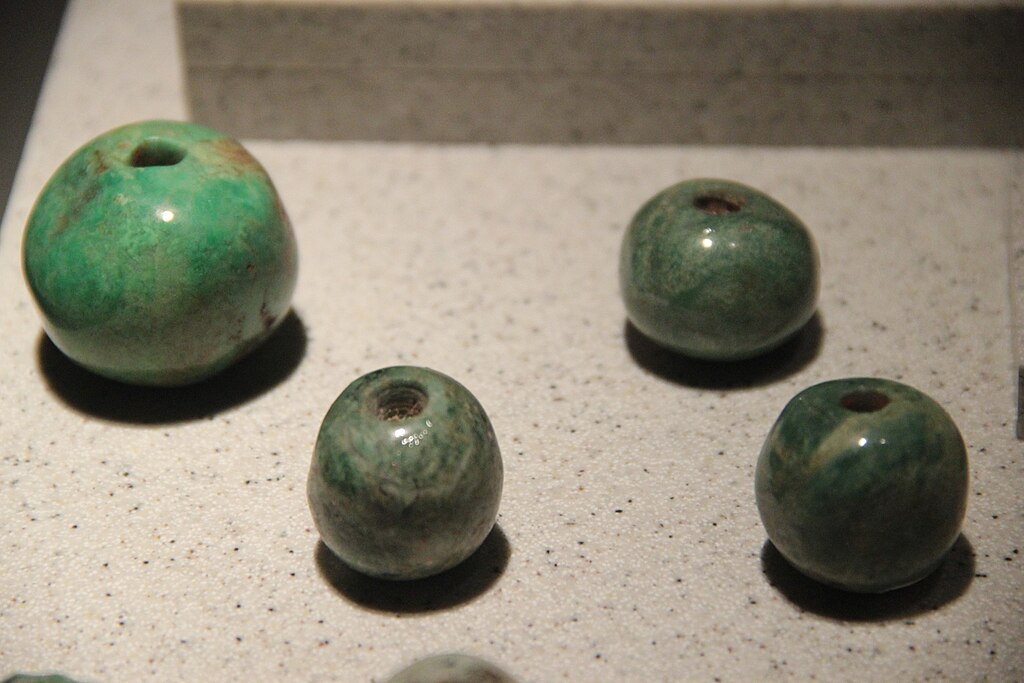
Four jade beads carved with both living and skeletal spider-monkey faces were found, a motif with layered symbolism—tying life, death, transformation, or ancestors. Their inclusion suggests that ritual meaning extended to even small decorative elements in the tomb. These beads connect to both art and the personal beliefs of the interred ruler.
7. Red cinnabar stained parts of the tomb walls.
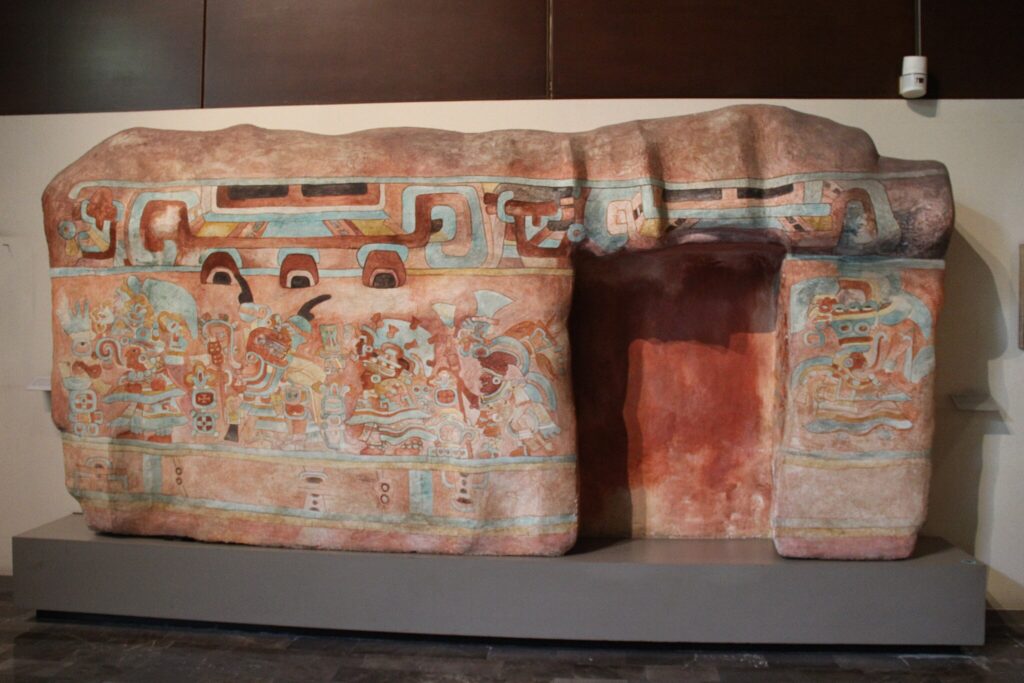
The walls of the chamber bore a coating of cinnabar, a red mercury sulfide pigment often used in elite Maya burials. The color red in many Mesoamerican cultures is tied to blood, life force, and sacredness. The use of cinnabar adds ritual gravity to the tomb, emphasizing that this was no ordinary internment.
8. A secondary cremation sits just above the tomb.
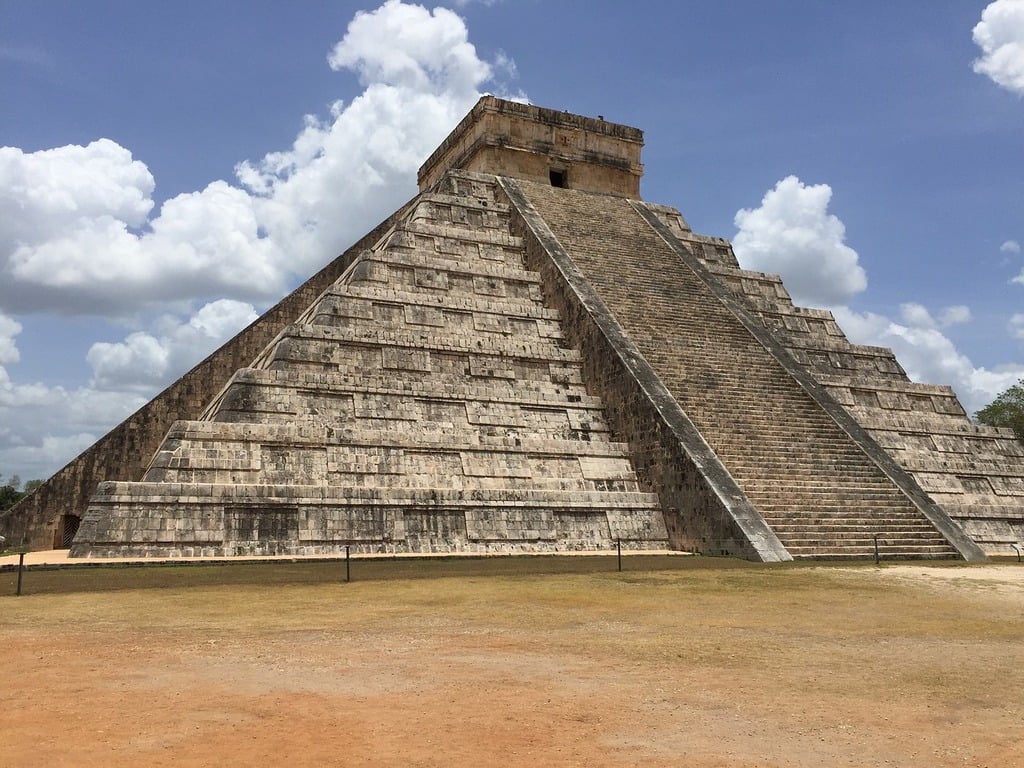
Stratigraphic evidence shows that a cremation burial from the same era was interred above this chamber. That layering indicates complex burial relationships and perhaps layered ritual usage in this acropolis. It also helps bracket the dating of the royal tomb and hints at connections to broader regional mortuary practices.
9. The tomb challenges the timing of Maya-Teotihuacan influence.
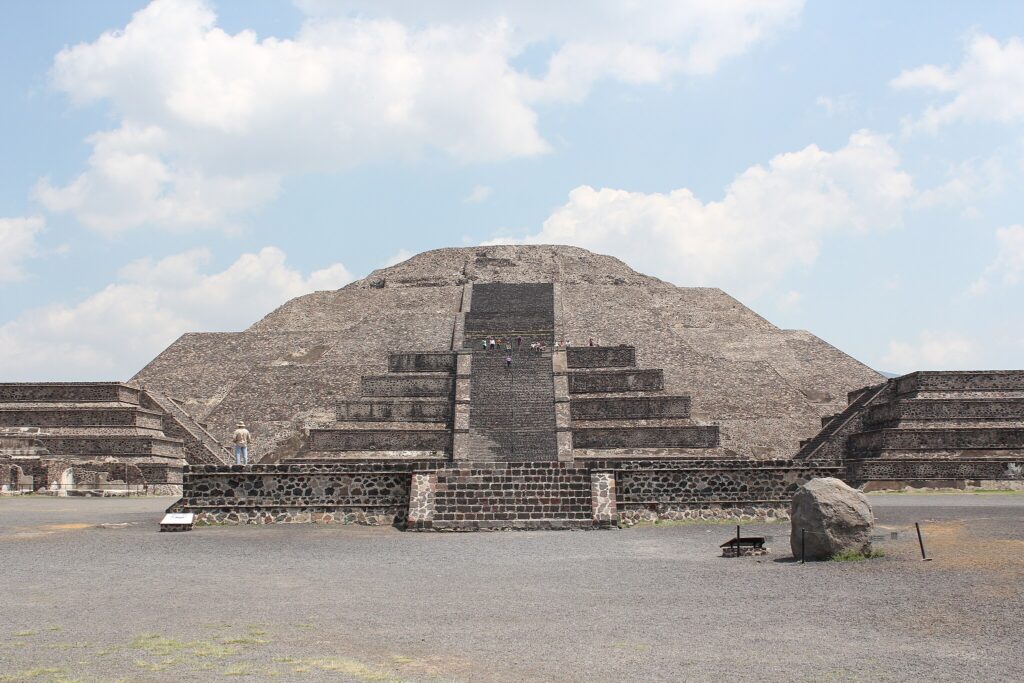
Because the burial dates roughly to A.D. 330–350, it pushes the possibility that interactions with Teotihuacán were occurring earlier than previously thought. Some artifacts and mortuary practices in nearby burials hint at central Mexican influence. If confirmed, this tomb may reshape models of Mesoamerican interregional exchange.
10. The find may reset dynastic history at Caracol.
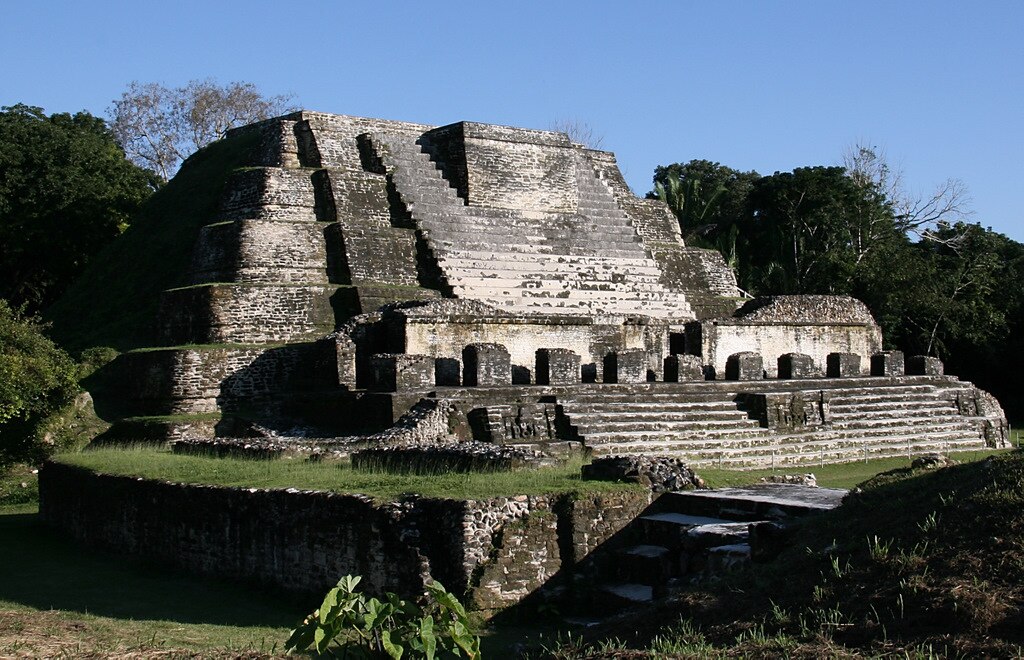
This is the first time an identified royal tomb has been found at Caracol. By anchoring a physical burial to the early dynastic period, researchers can better align inscriptions, monument building, and the city’s political evolution. As excavation continues and lab analyses (isotope, DNA) proceed, this tomb could become a foundational reference for Maya royal archaeology.
